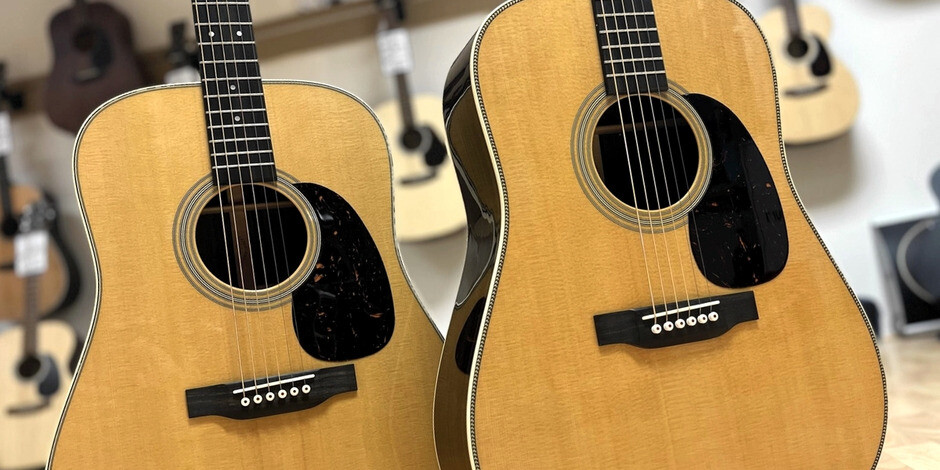
Martin D28 vs HD28
The Martin D-28 and HD-28 are two of the guitar world’s most revered instruments. Famous for their big, bold tone, classic styling and exquisite build quality, these iconic Dreadnoughts are often copied, rarely equalled, and used by countless guitar players on countless recordings over the years.
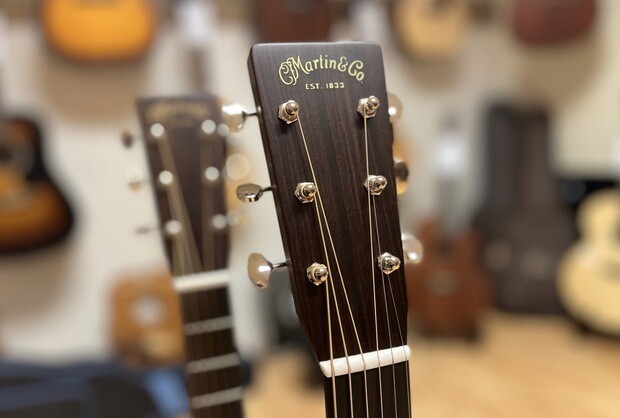
But what are the differences between the two? On the face of it, they look pretty similar, feature more or less identical dimensions and aren’t a million miles apart in pricing, so why have two separate models?
Structurally, the only major difference between the D-28 and HD-28 is the binding used on the underneath of the guitar’s top. The D-28 features non-scalloped (straight) bracing whereas the HD-28 has Scalloped bracing.

Between 1934 and 1944, D-28s were built with scalloped bracing before moving to straight, non-scalloped bracing in the late ‘40s. After years of this method of construction, guitarists started re-discovering the scallop braced models of the late ‘30s and were amazed at the difference in tone from their contemporary models.
It turned out that by removing an amount of wood from the bracing (ie. scalloping), the guitar’s top was able to resonate a lot more, delivering more volume and more tone. In 1976, Martin borrowed some of these earlier features, and the HD-28 was born.
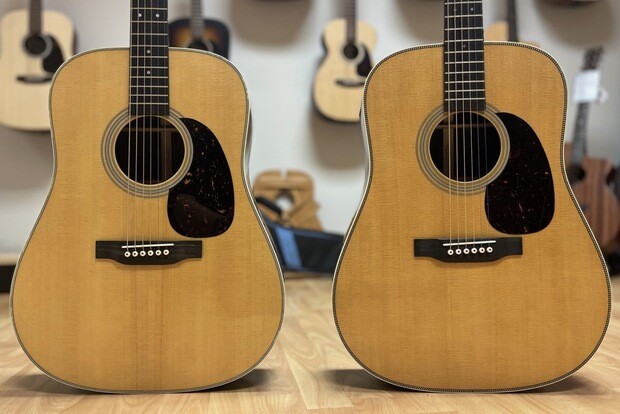
Aside from the tonal differences brought by the bracing, the HD-28 get’s the ‘H’ in its name from the addition of Herringbone purfling inlaid around the edge of the top. This, along with the black and white inlaid ‘zig zag’ back strip and diamond-shaped, abalone fretboard inlays are all nods to the, now incredibly sought after, pre-war D-28s of the ‘30s and ‘40s.
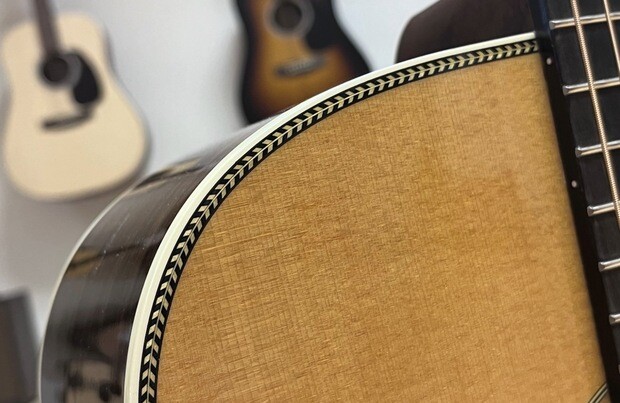
So there it is, you can now choose from two beautifully made versions of the same iconic guitar from different points in its history. The D-28 for smooth, balanced, full bodied tone, or the HD-28 for even more volume and low-end punch and design details with a direct link back to some of the best dreadnought acoustics ever created.


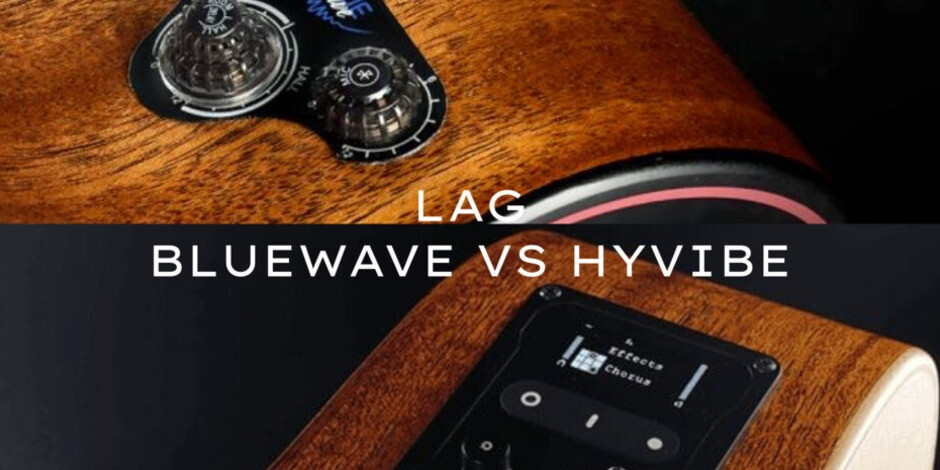
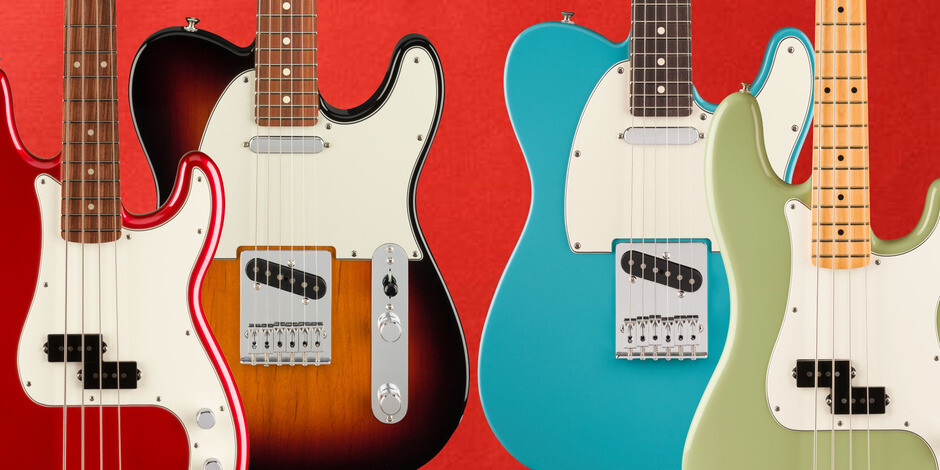
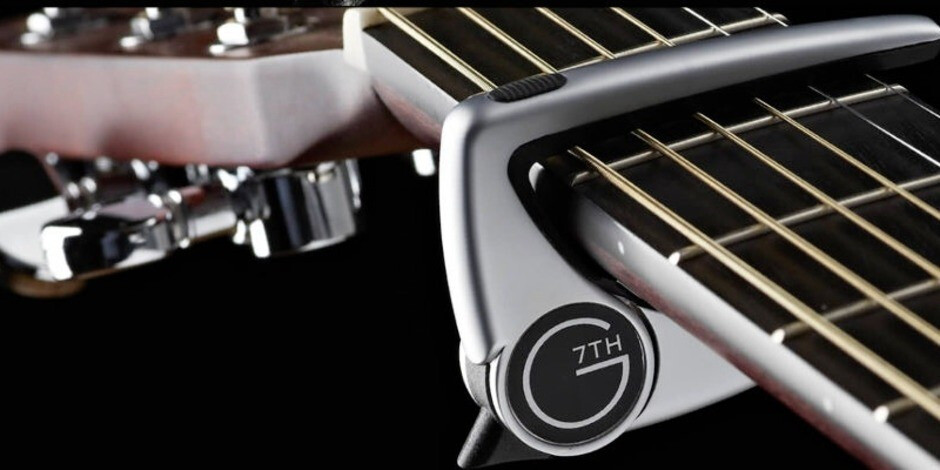
Comments